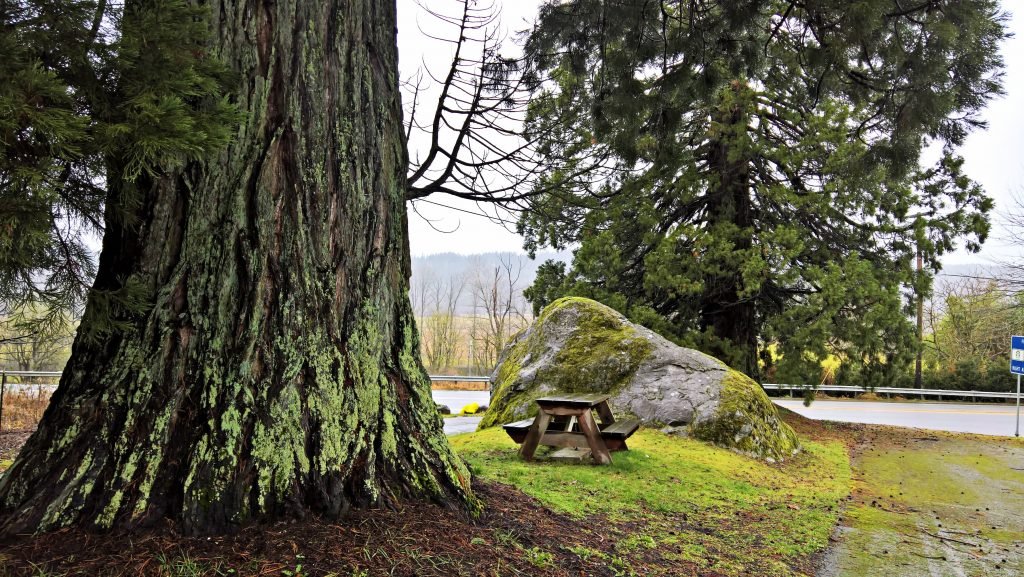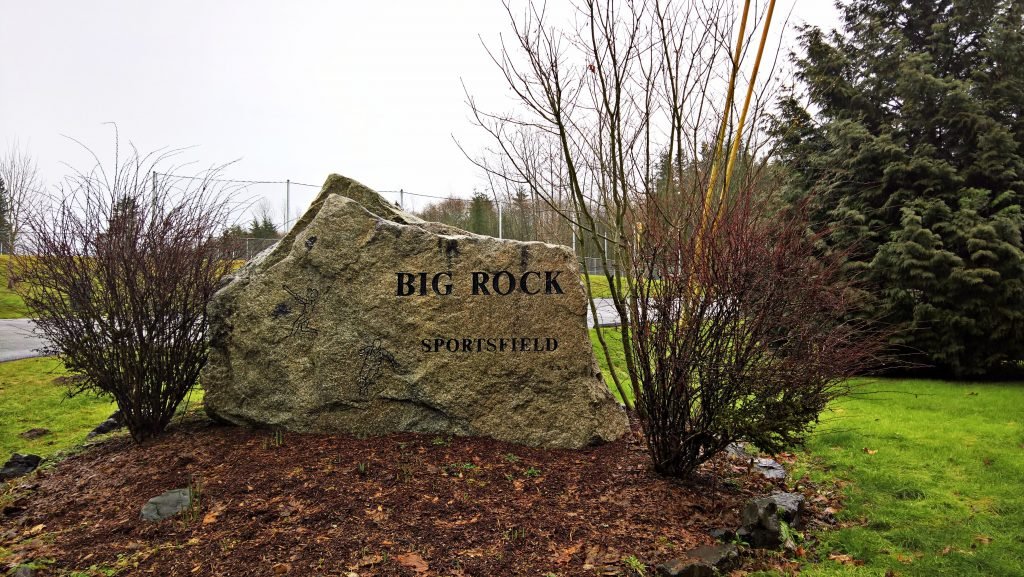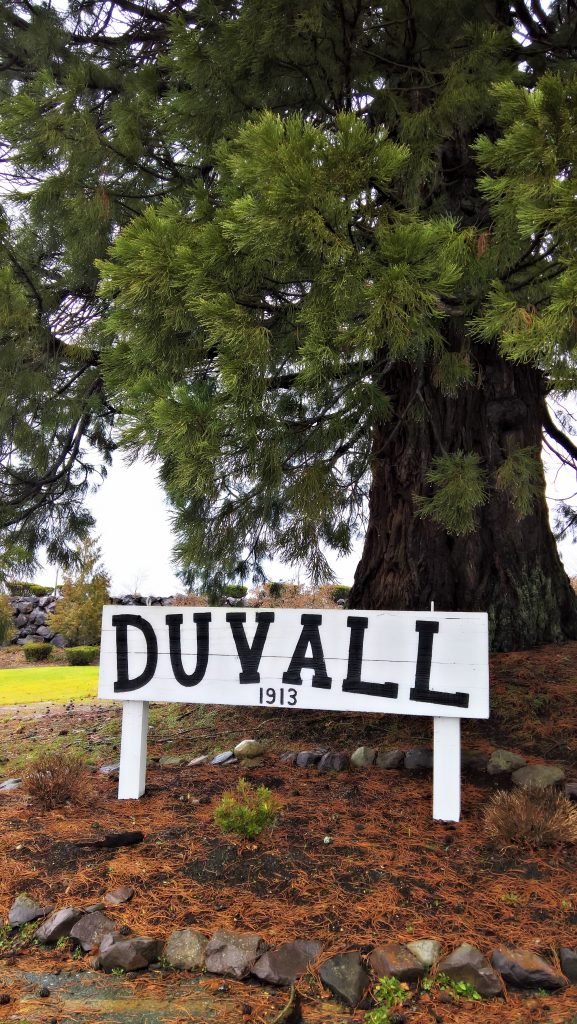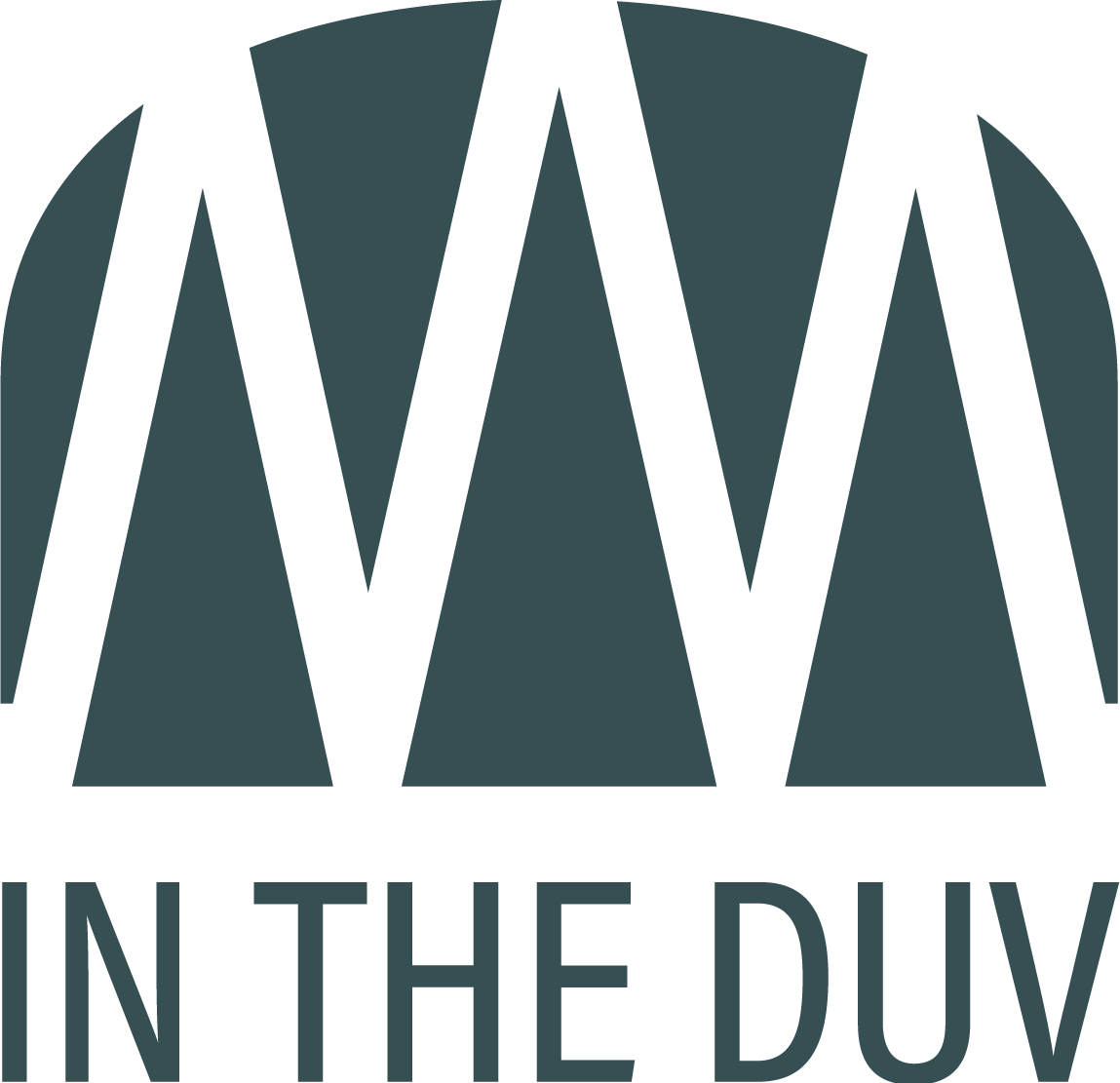
I’ve heard all kinds of things about the tiny park next to Safeway as you enter Duvall. We moved here in 2006, when Safeway was already a thing and Big Rock Road was no longer the site of a noticeably large rock. The road’s name, at that time, was a mystery to me.
Every time I’d drive along Big Rock Road, I’d look for the large boulder. At one point, someone convinced me that the oversized pebble marking the entrance to Big Rock Field WAS the Big Rock… and I was underwhelmed. Because, when you name an entire road after the largeness of a certain landmark, size is important.

Big Rock FIELD is the sports field on the north side of Big Rock Road just past Roney. It is home to two baseball fields, a skate park where kids can participate in legal graffiti and pretend not to smoke, a giant soccer field surrounded by trees so the sports players’ younger siblings can go Lord of the Flies in the woods, and a playground structure.
Big Rock PARK, which you may remember is the actual subject of this post, consists of a giant rock, two sequoia trees, and a picnic table. It’s at the end of a dead-end road next to a grocery store parking lot. It welcomes you to our city. The famous Duvall 1913 sign is posted here as you enter town from the south.

Several people have told me that it’s the smallest state park in Washington. It is not. Sometimes it’s referred to as “Big Rock State Park” online. That is not its name.
According to SeattleTimes.com, Big Rock Park was acquired by King County in 1952, and then in 1974 they renamed what was then J.D. Mercer Road to Big Rock Road.
At that time, Big Rock Road ran right past the park, to the south of the now-existing Safeway complex. Eastbound traffic ran on one side of the park and westbound traffic on the other. Hence, the road’s name made sense… RE: it was divided by a large rock.

Now, if you’d like to visit the park, and you really should because it’s awesome, you head up Big Rock Road from 203 and turn right just past Safeway onto NE 140th Street. Follow it for 30 seconds until it dead ends at the park.
Have a picnic and let your kids climb the giant rock until they fall and break a limb. Then enjoy looking up at the impressive sequoia trees. There are several stories about the origin of the trees, since they are not native to the Pacific Northwest.
From the Times article:
“Probably the most accurate [story] is that T.R. Hopkins provided the sequoia seedlings, sometime in the early 1900s. A horticulturist and nurseryman who ran a small tree farm in Duvall, Hopkins was considered a sort of Johnny Appleseed of the Pacific Northwest.
Another yarn has a couple of schoolteachers from Duvall visiting in California in the early 1900s and bringing the sequoia seedlings from there.
Others suggest Leo Herzog, a friend of Hopkins, helped plant the trees. Still others say Leo Leyde, who lived on Northeast Big Rock Road decades ago, planted the trees.”
I like to imagine that they walked here as babies and stopped to rest under the shade of the Big Rock, only to feel a little silly when they grew so much taller than their adopted glacial erratic mother. At that point, their root systems were too large to relocate and they were forced to stay there forever, watching people return carts at Safeway. Or NOT return them. The trees don’t judge. They simply observe.

Follow InTheDuv on Facebook or sign up for email updates. I’ll update you on some of the events and activities happening in Duvall and get to the bottom of a few of our city’s little mysteries.
As always, if you find any inaccuracies in this post, please tell me in the comments. I love learning about our town.
Disclosure: This post may contain affiliate links. This means, I may receive a small commission if you choose to purchase something from a link I post. Don’t worry, it costs you nothing. Thank you for supporting my website!



Trackbacks/Pingbacks